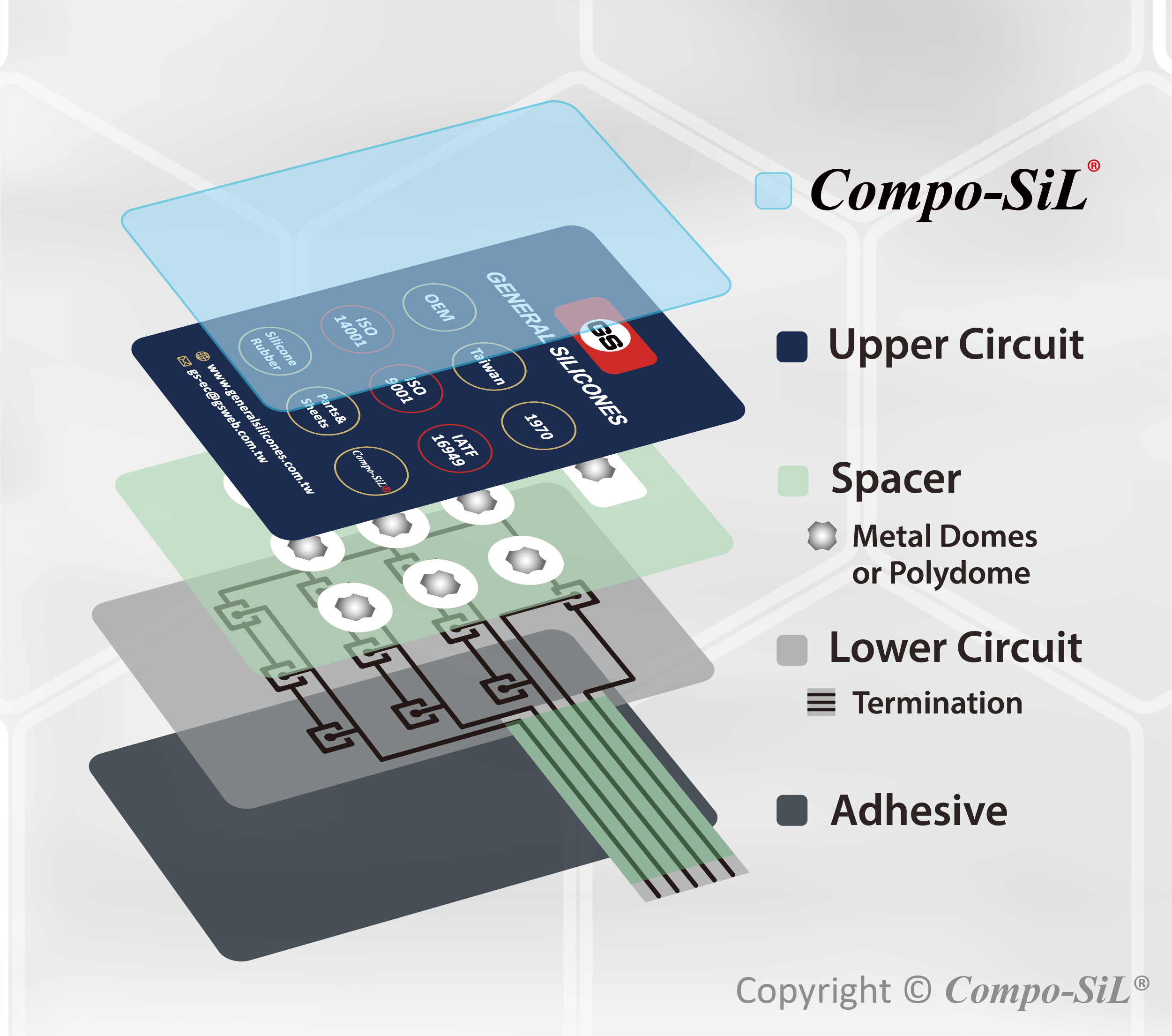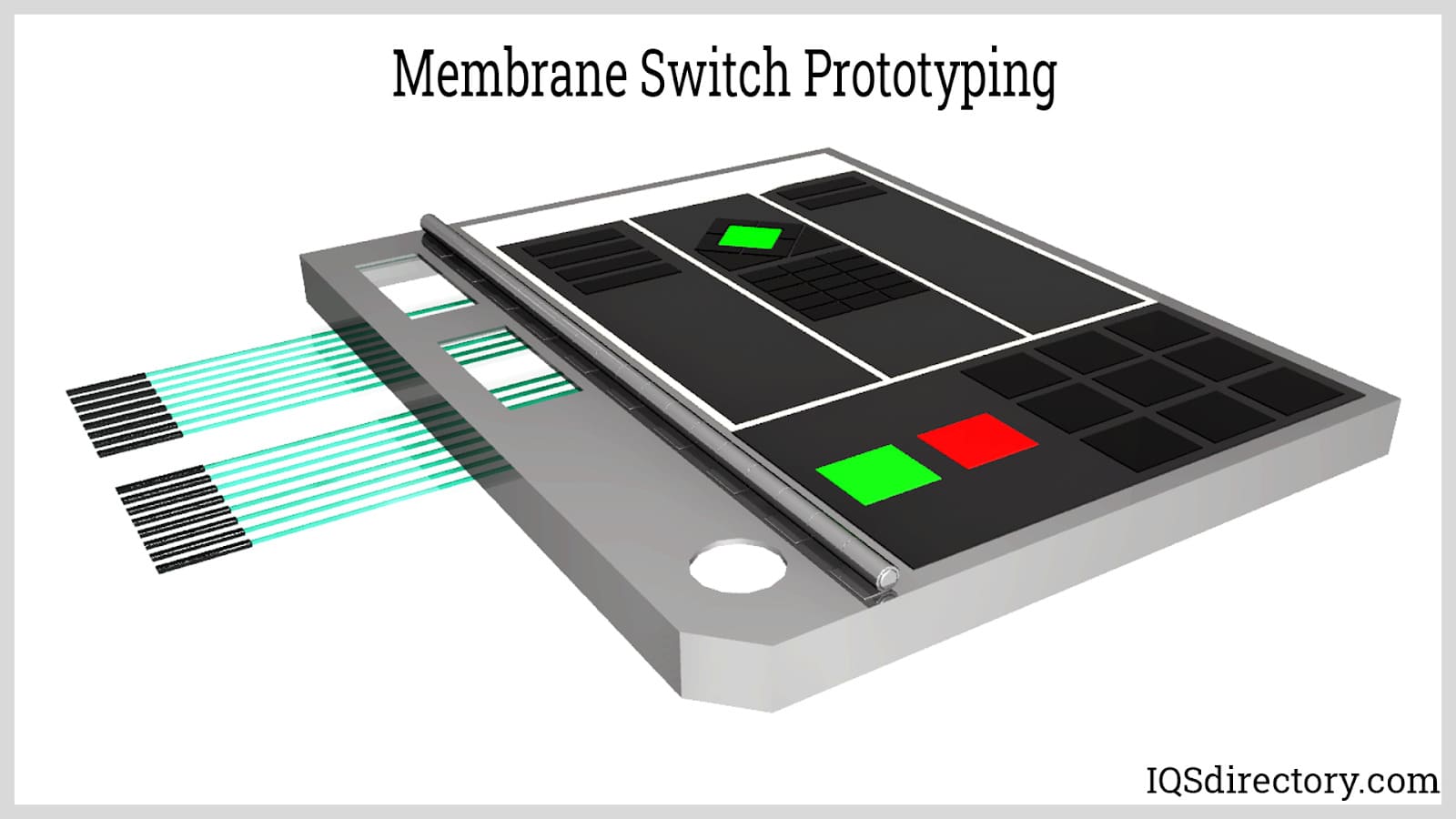Why Membrane Switches Are Gaining Popularity in the Automotive Industry
Why Membrane Switches Are Gaining Popularity in the Automotive Industry
Blog Article
Discover How Membrane Switches Function and Their Duty in Modern Electronic Devices
Membrane Switches represent a sophisticated assimilation of modern technology and design within the world of modern-day electronics, serving as necessary user interfaces in numerous tools. Understanding the details of Membrane switch functionality and their wider implications in improving individual experience welcomes more exploration into their style, benefits, and the ingenious developments forming their future in modern technology.
What Are Membrane Buttons?

Membrane switches are identified by their toughness and resistance to ecological factors, such as dust, wetness, and extreme temperature levels. They can be tailored with numerous graphics, colors, and tactile comments choices, enhancing user experience while keeping visual appeal - membrane switches. Furthermore, the incorporation of printed circuits permits smooth assimilation right into devices, enhancing total capability.
The flexibility of Membrane buttons appears in their capacity to support both easy and complicated control functions. They can include functions such as LED indicators and touch-sensitive technology, providing to details individual requirements. As innovation remains to advance, Membrane Switches stay important for allowing intuitive and reliable interface, thereby playing a crucial duty in the improvement of contemporary digital devices.
Components of Membrane Switches
Membrane switches are composed of several vital elements that collaborate to develop a useful and trustworthy user interface. The primary elements consist of the graphic overlay, adhesive layer, spacer layer, and conductive traces.
The visuals overlay works as the interface, normally published on an adaptable substratum such as polyester or polycarbonate. This layer not only provides visual appeal but additionally includes tactile feedback, visual cues, and safety attributes. Underneath the visuals overlay lies the sticky layer, which secures the button to the tool and guarantees resilience against ecological tensions.
The spacer layer is vital for preserving the required space in between the visuals overlay and the circuit layer. This gap enables the activation of the button when stress is used. The conductive traces, typically made from silver or carbon, form the electric paths that complete the circuit when the button is engaged.
Furthermore, a backing layer may be included for architectural assistance and insulation. These elements work together seamlessly, making certain that Membrane switches are both user-friendly and resilient, making them indispensable in numerous contemporary digital applications.
Exactly How Membrane Switches Job
How do Membrane Switches function efficiently within digital gadgets? Membrane Switches operate on the concepts of check over here pressure-sensitive modern technology, using a split building and construction that includes visuals overlays, sticky layers, and conductive components.
The layout of Membrane switches is crucial for their efficient procedure (membrane switches). The layers are thoroughly engineered to offer tactile feedback, resilience, and resistance to environmental factors such as wetness and dust. The addition of domes-- little, elevated areas within the button-- boosts tactile action, supplying individuals with a recognizable click experience upon activation
In addition, Membrane switches can be personalized in regards to dimension, shape, and graphics, making them suitable for various applications. They are commonly made use of in control panels, clinical devices, and customer electronic devices due to their smooth design and integrity. On the whole, the efficient functioning of Membrane switches is essential in enhancing customer communication and guaranteeing seamless operation in modern electronic tools.

Applications in Modern Instruments
Using their special layout and performance, Membrane buttons have actually become integral elements in a wide variety of modern-day electronic tools. These versatile interfaces are employed in consumer electronics, industrial tools, clinical gadgets, and vehicle controls, providing smooth individual communication.
In customer electronics, Membrane switches see page are commonly discovered in devices like microwaves, washing devices, and various other home devices, where they make it possible for intuitive control with a streamlined profile. Their inconspicuous layout assists in integration into small gadgets, improving aesthetic charm without jeopardizing performance.
In industrial applications, Membrane Switches act as control panels for machinery, offering durability and resistance to extreme settings. Their capacity to withstand dampness and pollutants makes them ideal for use in manufacturing and handling sectors.
Medical tools also profit from Membrane switches, which are Related Site developed to be simple to clean and keep, making sure health in professional setups. They are frequently used in diagnostic equipment, patient monitoring systems, and mobile clinical gadgets, where dependability is paramount.
Advantages of Membrane Switches
One of the key advantages of Membrane switches is their versatility, which permits them to be customized for a selection of applications throughout numerous markets. These switches can be designed in numerous sizes and shapes, fitting one-of-a-kind product needs while giving seamless integration right into tools. Their slim profile allows a streamlined and small style, commonly boosting the aesthetic appeal of digital items.
An additional considerable advantage is their resilience - membrane switches. Membrane buttons are commonly resistant to dirt, wetness, and chemicals, making them ideal for harsh environments. This resilience expands their life-span compared to traditional mechanical buttons, lowering the demand for regular substitutes
Additionally, Membrane Switches deal cost-effectiveness. The manufacturing process entails printing technologies that decrease manufacturing costs, particularly for huge runs. This affordability, integrated with low upkeep requirements, makes them an eye-catching alternative for producers.

Verdict
In conclusion, Membrane Switches represent a considerable advancement in user interface technology within modern electronic devices. Their layered building, pressure-sensitive operation, and adaptability to numerous applications highlight their relevance across multiple industries. The toughness and ecological resistance of Membrane Switches better enhance their allure, making them a recommended choice for manufacturers seeking dependable and customizable solutions. As the demand for intuitive and durable interfaces remains to expand, the function of Membrane switches fit customer experience will definitely broaden.
Membrane Switches represent an advanced integration of innovation and design within the realm of contemporary electronic devices, offering as necessary interfaces in numerous tools.In the world of modern-day electronic devices, Membrane Switches serve as critical parts that facilitate individual communication with tools. As modern technology continues to advance, Membrane Switches remain crucial for making it possible for reliable and intuitive user interfaces, thus playing an essential duty in the development of modern-day electronic tools.
Just how do Membrane Switches function effectively within digital tools? On the whole, the efficient functioning of Membrane buttons is pivotal in enhancing user interaction and making certain smooth procedure in modern-day digital tools.
Report this page